How can I store a pair of numbers in C++?
Solution 1
Have a look at std::pair<object, object>
EDIT:
It's standard C++ and part of what is known as the STL (Standard Template Library). It's a collection of nice data structures that are generic (i.e. may be used to store any C++ object type). This particular structure is used to store a "tuple" or a pair of numbers together. It's basically an object with members "first" and "second" that refer to the first and second objects (of any type!) that you store in them.
So just declare an array of pair<int, int>, or better yet, use another STL type called the "vector" to make a dynamically-sized list of pair<int, int>: vector<pair<int, int> > myList.
Hey what do you know! A dynamically-sized list of pairs already exists and it's called a map! Using it is as simple as #include <map> and declaring a map<int, int> myMap!!!
EDIT:
Yes, as pointed out, a map well "maps" one object to another, so you cannot have repeated lefthand-side values. If that's fine then a map is what you're looking for, otherwise stick to the vector of pair.... or take a look at multimaps.
Solution 2
Use std::pair?
#include <utility>
#include <iostream>
int main() {
std::pair <int, int> p = std::make_pair( 1, 2 );
std::cout << p.first << " " << p.second << std::endl;
}
You can make a vector of pairs:
typedef std::pair <int, int> IntPair;
...
std::vector <IntPair> pairs;
pairs.push_back( std::make_pair( 1, 2 ) );
pairs.push_back( std::make_pair( 3, 4 ) );
Solution 3
While std::pair is the best approach to use, I'm surprised nobody mentioned pre-stl solution:
struct Pair {
int first;
int second;
};
It is worrying that people think that they need boost for such a trivial problem.
Related videos on Youtube
Mithrax
Updated on November 22, 2020Comments
-
Mithrax over 3 years
I'm trying to learn C++ and right now I'm writing a program that needs to output a list of pairs of integers.
What is the best way to handle this? I don't have the boost library available on our linux computers at school, so I don't believe I can use boost::tuple.
Any suggestions?
-
 James McNellis over 14 yearsIf you have a sufficiently recent version of g++ that has tr1 support,
James McNellis over 14 yearsIf you have a sufficiently recent version of g++ that has tr1 support,boost::tupleis included asstd::tr1::tuple; as others note in answers below, though, you can just usestd::pairfor pairs.
-
-
dirkgently over 14 yearsNote that outputting the pair will not be handled by
cout(as it is forintordouble) -- you will have to handle it separately. -
Mithrax over 14 yearsWould you suggest std::pair over map?
-
harry over 14 yearsMithrax, map is just a wrapper around pair. It uses the pair code internally.
-
 Admin over 14 years@Mithrax That depends what you want to do with the pairs. If one is a key and one is a value, then you should use std::map, which is in fact implemented using std::pair.
Admin over 14 years@Mithrax That depends what you want to do with the pairs. If one is a key and one is a value, then you should use std::map, which is in fact implemented using std::pair. -
 Admin over 14 years@Computer Guru map is not "just a wrapper" around pair. If anything it is a wrapper around a red-black balanced binary tree.
Admin over 14 years@Computer Guru map is not "just a wrapper" around pair. If anything it is a wrapper around a red-black balanced binary tree. -
ephemient over 14 yearsIn C++98 and C++03, you must use
vector<pair<int, int> >(notice the space at the end!) because>>parses as "right shift". This will be fixed in C++0x. -
harry over 14 yearsSure. Versus a vector<pair> which would be an array list wrapper of pair. Point is, at the end of the day, you can't suggest pair instead of map because they're apples and oranges. One of them is a basic datastructure that represents a tuple, the other USES the tuple to make an even larger structure :) Keep in mind the OP is a beginner to C++
-
 Nick Bolton over 14 years@ephemient Interesting... I bet that generates a very helpful compiler error. ;)
Nick Bolton over 14 years@ephemient Interesting... I bet that generates a very helpful compiler error. ;) -
Bruno Brant over 14 years-1 because map isn't the same as treating pairs of values. Map does what it name says: maps one Key-value to another value. So, if using map, you can't have repetitions of the left-value.
-
 Admin over 14 years@Bruno Yes you can - std::multimap
Admin over 14 years@Bruno Yes you can - std::multimap -
Konrad Rudolph over 14 yearsPre-STL like in pre-standard, previous millennium? And you wonder why nobody mentioned it? Additionally, your code lacks several important/nice features of
std::pairso it doesn’t even serve for illustration purpose. In fact, what’s the purpose of mentioning this method at all? -
shura over 14 yearsKonrad, I did say that std::pair is better. I don't see why my code doesn't serve for illustration purpose. My main point was that sometimes people forget about simple solutions.
-
nathanchere over 14 yearsIf you're just trying to learn C++, this is easily the best answer presented. It's simple, uncomplicated and easy to adapt to other problems. Once they get used to struct, adapting to class and providing methods for things like MyObject.SecondValue is easy to teach. Combined with the array suggestion above (ie Pair[] MyValues) there's really no reason not to accept this answer.
-
 Akavall over 9 yearsNice answer, I just want to add that in
Akavall over 9 yearsNice answer, I just want to add that inC++11, creating vector of pairs is really easy:std::vector<std::pair<int, int>> pairs = {{1,2}, {3,4}, {5,6}}; -
Darryl over 9 yearsI absolutely agree with nathanchere, for teaching purposes this is easily the best answer. Regardless of whether production code would define a new type when std::pair already exists, someone first learning C++ should be introduced to how it is done.
-
 Ben Voigt over 9 yearsNeither
Ben Voigt over 9 yearsNeitherstd::mapnorstd::multimapare "a list of pairs". Lists retain their order, map collections do not. -
 Super Cat over 8 yearsPardon my potential ignorance; where is it stated that
Super Cat over 8 yearsPardon my potential ignorance; where is it stated thatpairhas anything to do with the Boost? I'm referring to this:It is worrying that people think that they need boost for such a trivial problem.STL != Boost?

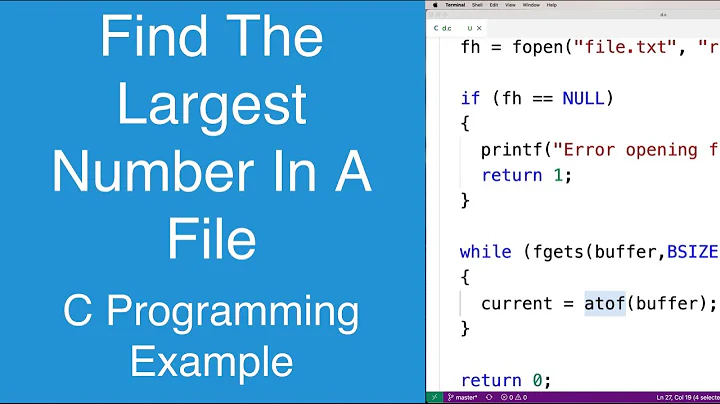

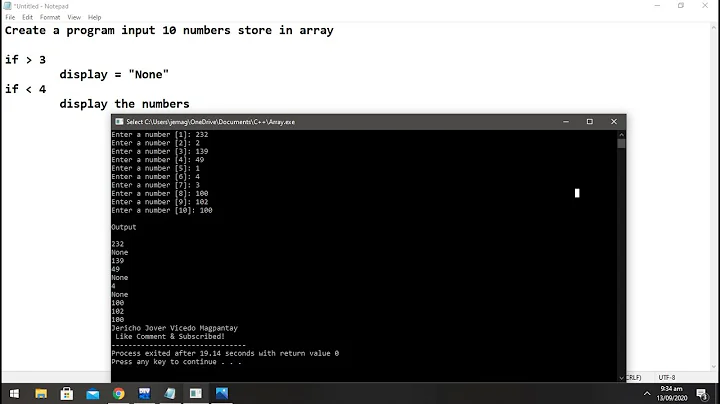

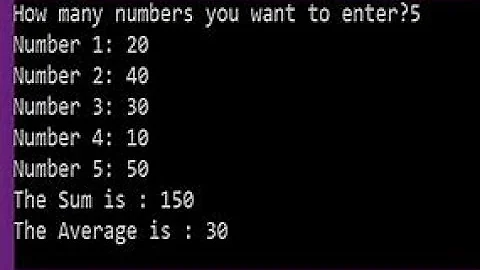


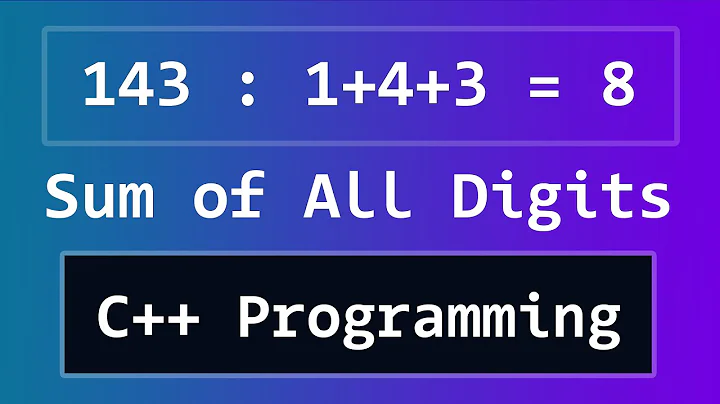
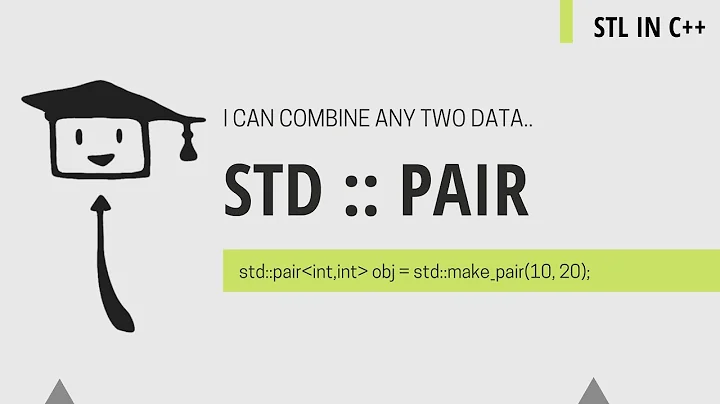
![#14 [C++]. Hướng Dẫn Sử Dụng Pair Trong C++ | Kiểu Pair Trong Ngôn Ngữ Lập Trình C++](https://i.ytimg.com/vi/7mJsTe7RtgQ/hq720.jpg?sqp=-oaymwEcCNAFEJQDSFXyq4qpAw4IARUAAIhCGAFwAcABBg==&rs=AOn4CLAjObaLcqXJ3-6yoyalmVSOg635qA)